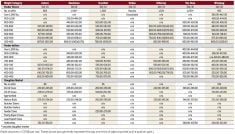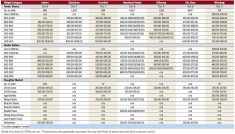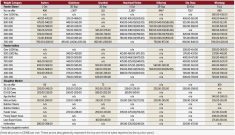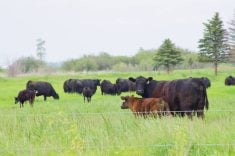Manitoba’s beef sector is hopeful an Alberta pilot program that addresses AgriStability’s position on cow-calf expenses might spread to other regions.
“We hope to see it kind of nationwide as long as the pilot shows benefit to our industry, whether that’s reflecting pasture costs in the eligible expenses or looking at how they do the valuations of hay inventory,” said Manitoba Beef Producers general manager Carson Callum.
“Various things that have kind of been stated to be looked at in that pilot would be deemed beneficial in Manitoba.”
Read Also
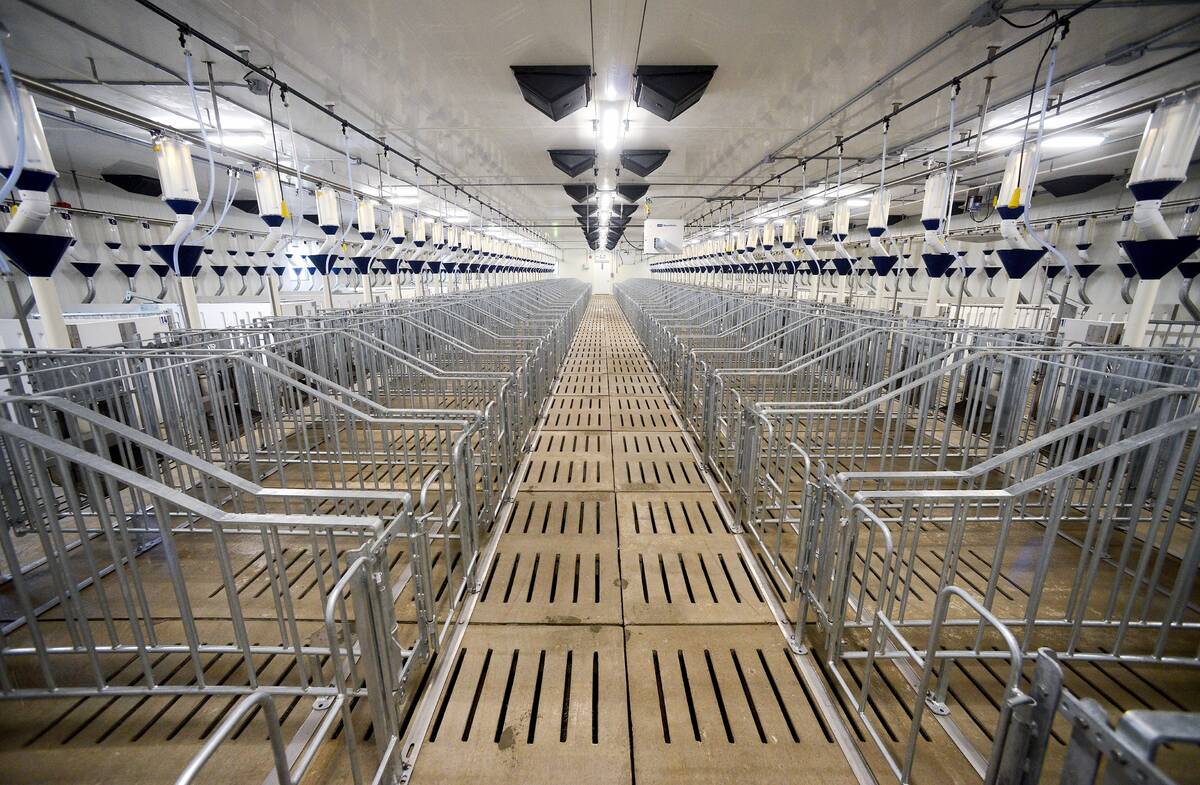
Real farm talk on switching to open sow housing
What actually worked for these Prairie pig farmers when it came time to swap gestation stalls in their barns for group sow housing? What were the results?
Why it matters: The beef sector has long argued that ineligible expenses and margin realities make AgriStability less useful for them.
The Agriculture Financial Services Corporation (AFSC), which delivers AgriStability in Alberta, estimates that Alberta cow-calf producers would have received 66 per cent more support over the last 11 years had certain feed and pasture costs been fully covered under AgriStability.
Gaps in eligible expenses have led the agency to launch a fact-finding mission using real farm data. It hopes to identify how those gaps could best be filled.
Under the pilot, registered producers will provide AFSC with financial records on their 2023 income, expenses and year-end inventory. That data will then be analyzed, and AFSC staff will sit down with each farmer to run through options on how feed and pasture costs could best be captured into AgriStability, said Stuart Chutter, senior policy advisor with AFSC.
That analysis will include payment calculations under various methodologies to help single out the most responsive and appropriate program changes to suggest.
“It will help identify deficiencies and refine the ideas before substantial resources are potentially committed to full scale implementation,” Chutter said.
An improved AgriStability system would have provided “a more proactive, dependable tool to cow-calf producers” in recent disaster drought years, he noted. Instead, the sector was forced to rely on AgriRecovery, an ad hoc program.
It is Chutter’s hope that farmers with a broad range of feeding styles will sign up so the pilot can properly capture the realities of those management systems. Producers do not need to be enrolled in AgriStability to participate, allowing AFSC to capture the input of cow-calf producers who have left the program.
“I specifically want participation from producers who have left the program or who have not seen adequate support from the program or do not feel they’re receiving adequate support from the program,” said Chutter.
Callum described the project as a “paper pilot,” which will hopefully yield results for this summer’s meeting of federal, provincial and territorial agriculture ministers.
BRM gaps
AgriStability, described as a margin-based, whole-farm tool to protect farmers against declines that threaten a farm’s viability, is one of several joint federal, provincial and territorial BRM programs delivered by provincial providers.
Livestock sectors say it is not suited to their needs. In particular, the beef sector has criticized the program for excluding costs that include winter feed and pasture.
“Commodity purchases like hay or grains are eligible, but rent costs and equipment costs to grow your own feed are not eligible,” Chutter said.
“So indirectly, costs to grow your own feed to feed your livestock are not eligible. That is where the discrepancy lies. If you buy all feed, it is eligible but if you grow or graze your own feed, a lot of that feed cost as a production cost is not eligible.”
In early 2023, AFSC completed a program review focused on options that would improve program responsiveness for the cow-calf sector. It prompted recommendations to modify feed and pasture eligibility as well as policy pertaining to feed inventory price adjustments — changes cow-calf producers have asked for.
Chutter said the pilot, which runs this spring and early summer, is also an opportunity to analyze data from a highly variable year.
“2023 gives us a disaster drought year, but with lots of regional variability, so we can analyze producers who have experienced severe feed shortages and producers who didn’t.”
He said there is need for AFSC to adjust its BRM policies to encourage pasture grazing.
“One of the best program and policy tools available for the environment is policy that supports our cow-calf sector and our prairie grasslands.”
As of Feb. 16, the pilot was about two-thirds full.
“It’s very positive,” Callum said. “To be able to recognize the downfalls that have been associated with AgriStability and try to fix it, particularly for our cow-calf industry here in the province, that’s a real great step.”
Bringing it to Manitoba
The pilot has garnered discussion nationally, Callum noted.
“We’ve had these discussions with our partners to the west, MASC (Manitoba Agricultural Services Corporation) included,” he said.
Although started in Alberta, the hope is that other provincial providers will look at results of the pilot and determine how the ideas it generates could be more broadly implemented.
“There’s a lot of cross collaboration between these various groups such as AFSC and MASC and lots of communication between us and our national partners who are involved more heavily with this pilot project through the Canadian Cattle Association,” he said.






